I am a power electronics engineer in R&D and often measure fast switching waveforms, specifically high bandwidth MOSFET gate signals. When connecting oscilloscope probes in the past I have found that the ground clip often induces unwanted HF content due to the inductance of the loop and the very high dI/dt and dV/dt in the area (switching 800 A at 900 V).
To mitigate this I was always taught to create little ground hoops with a wire and slot my probes in. However, due to smaller and smaller designs, the access is becoming increasingly difficult.
I was considering incorporating some of those miniature 2 mm RF connectors (U.FL) on the next PCB design and running very small diameter coax cable out of the device to monitor accurate waveforms on an oscilloscope. However, I am not experienced with RF and cable transmission specifics and was wondering how the connector impedance might affect/load my real signal or the measured signal on the oscilloscope.
Could anyone shed some light on this idea?


